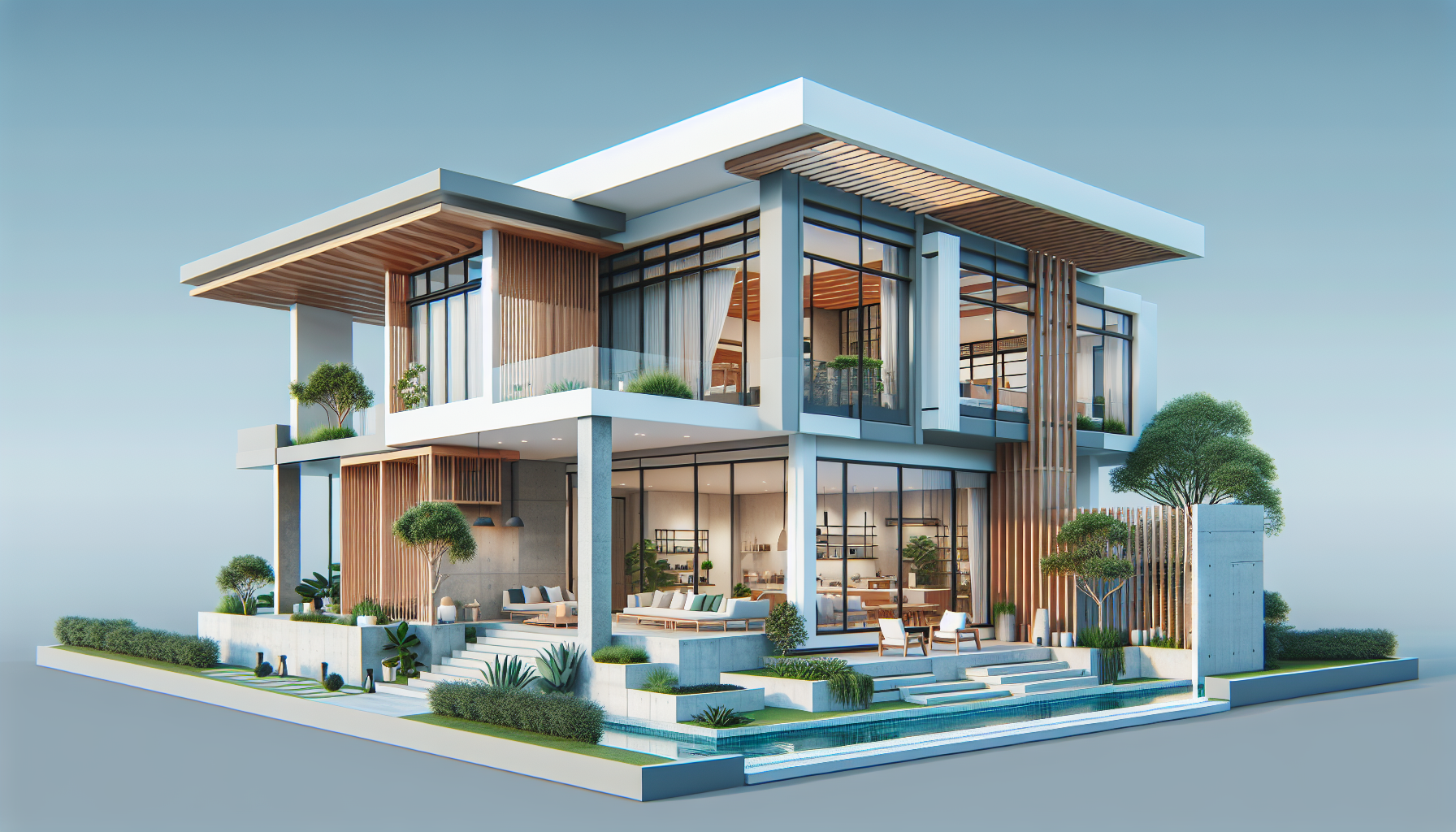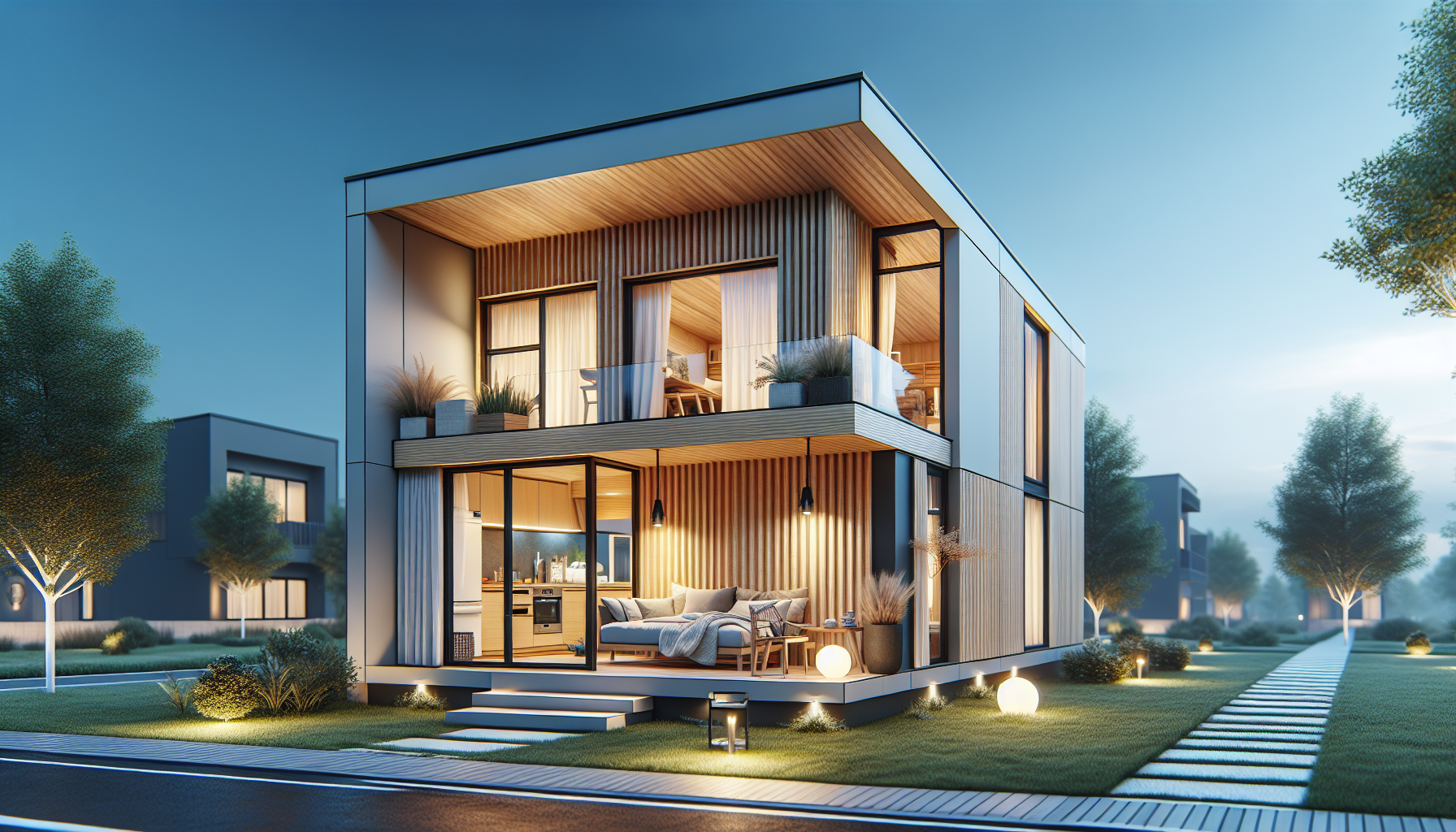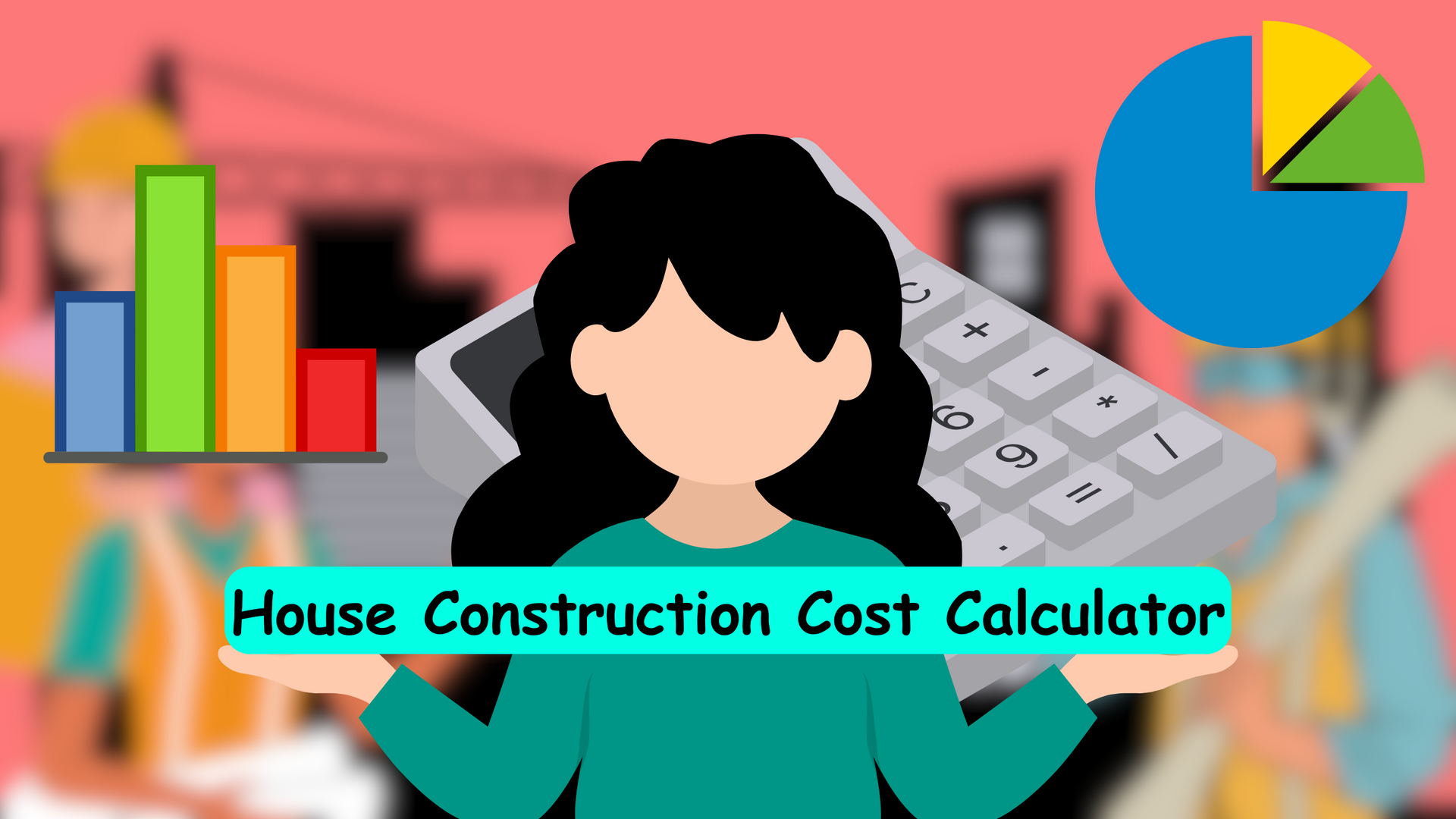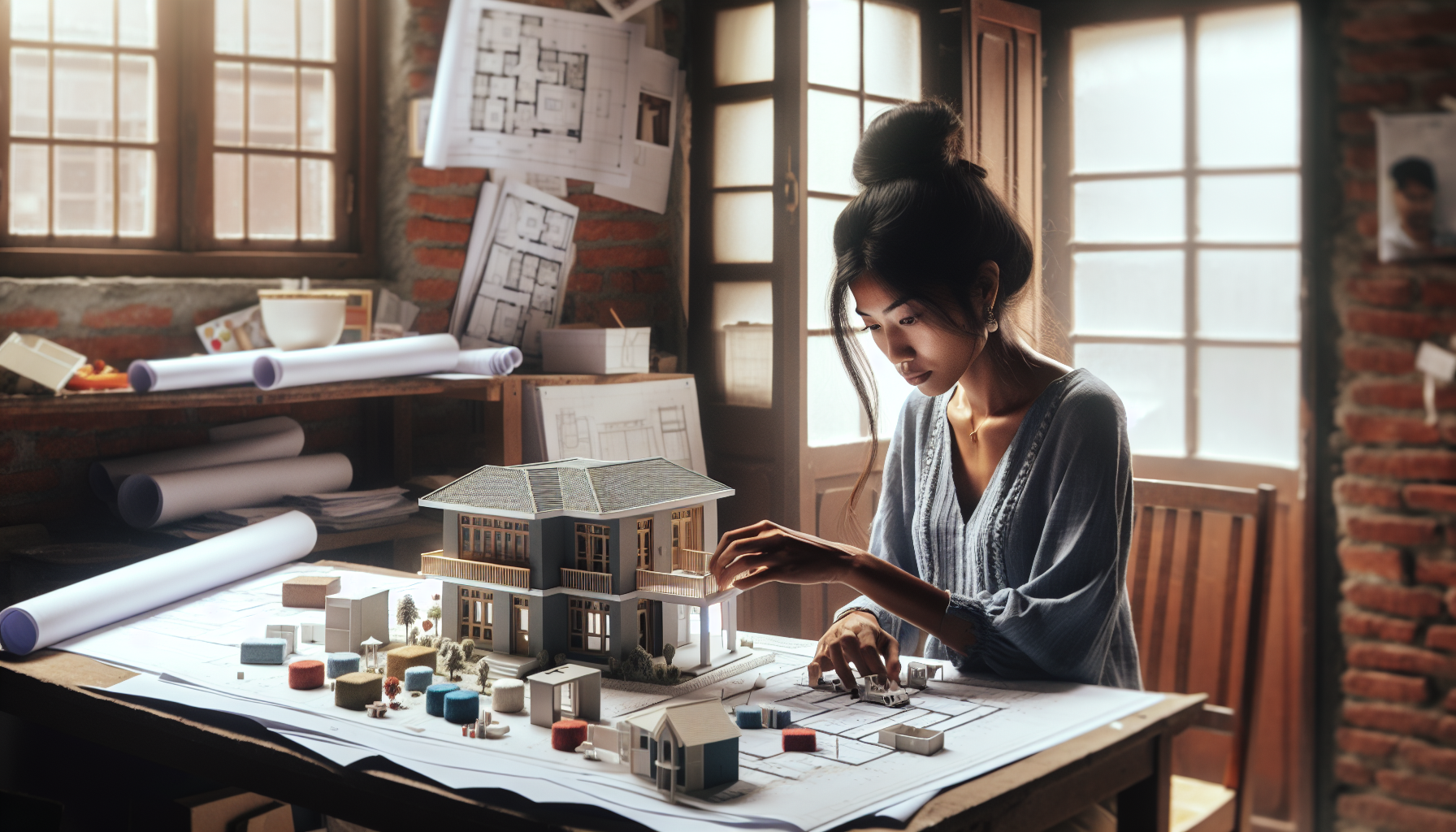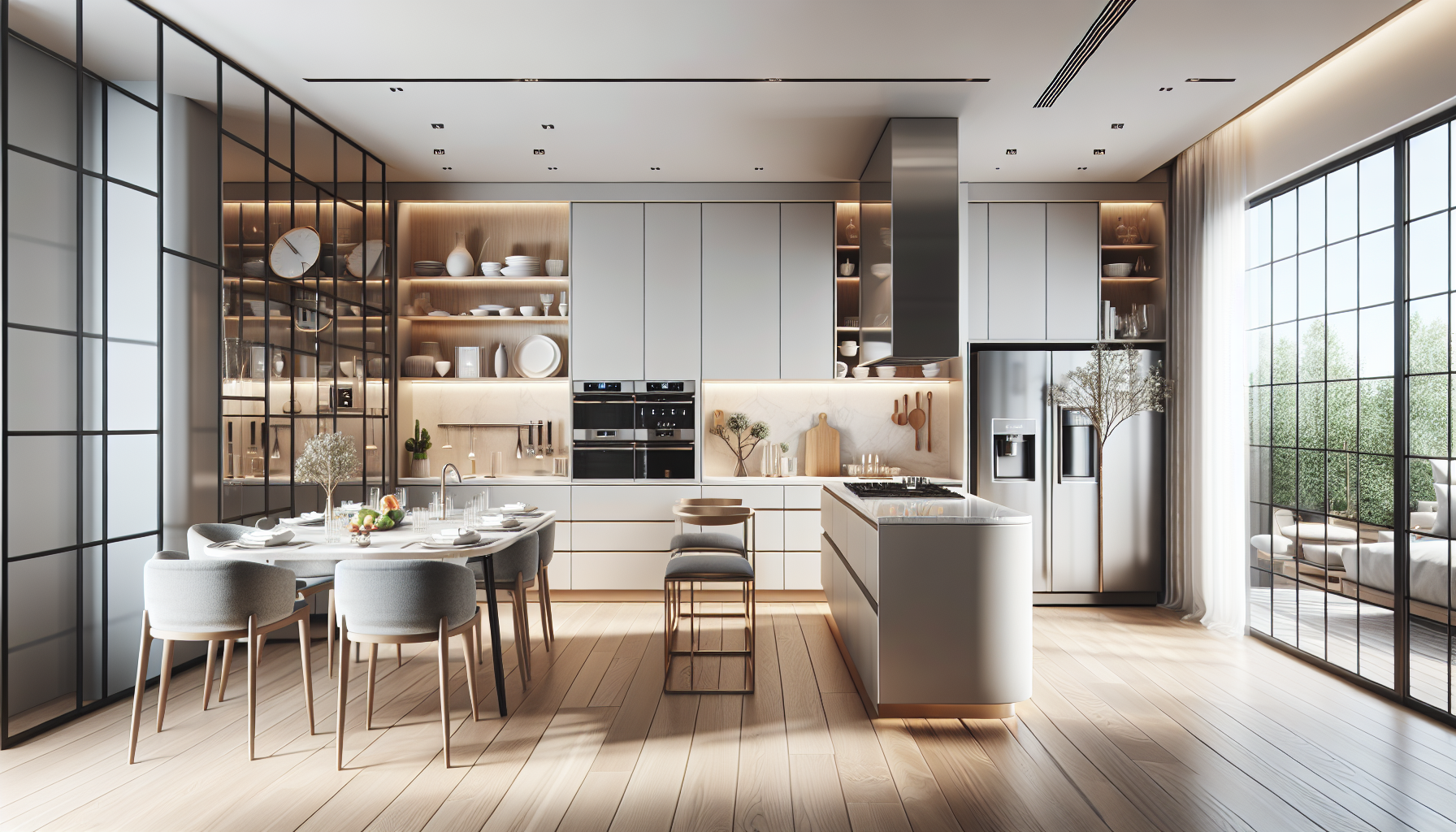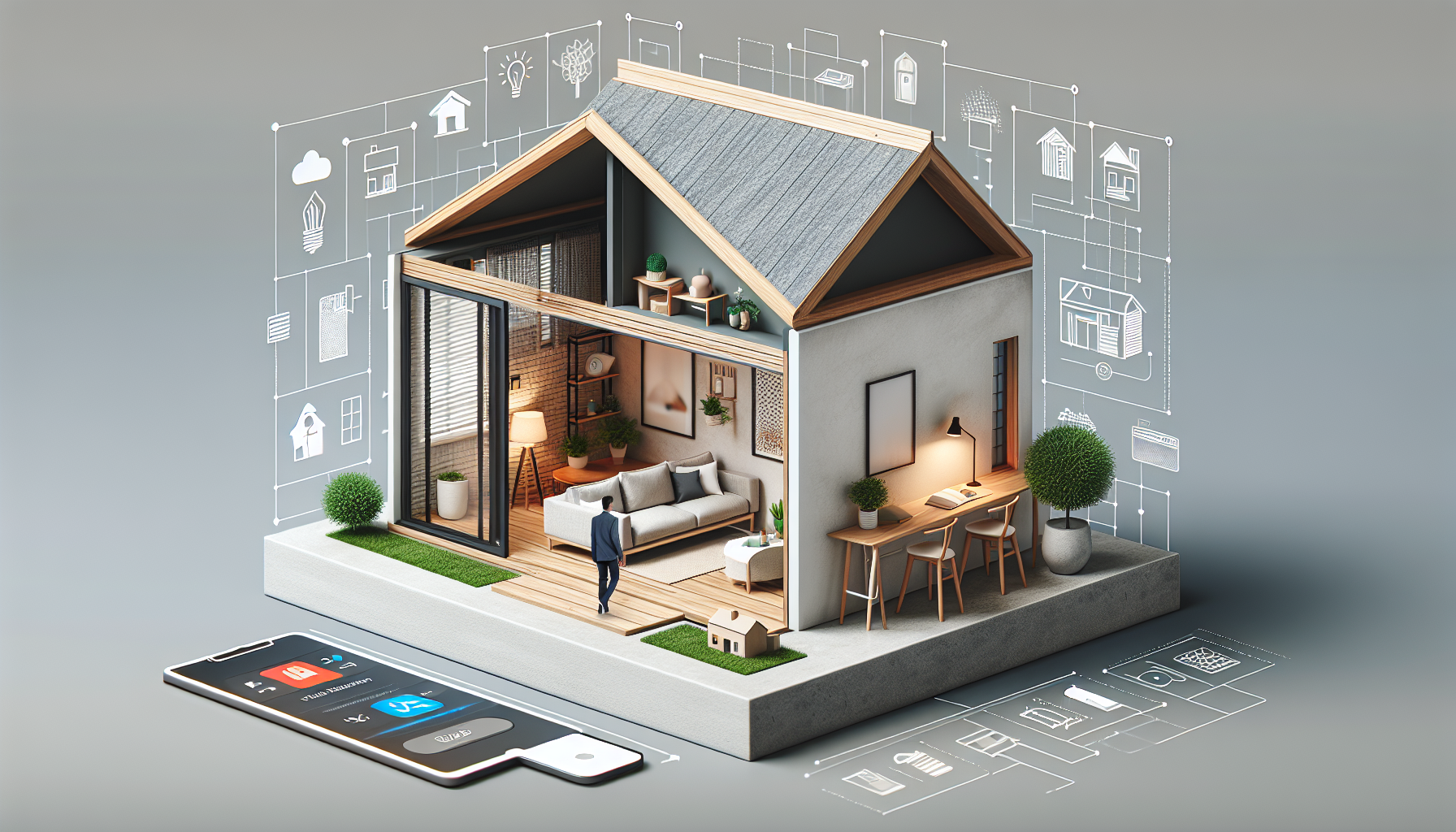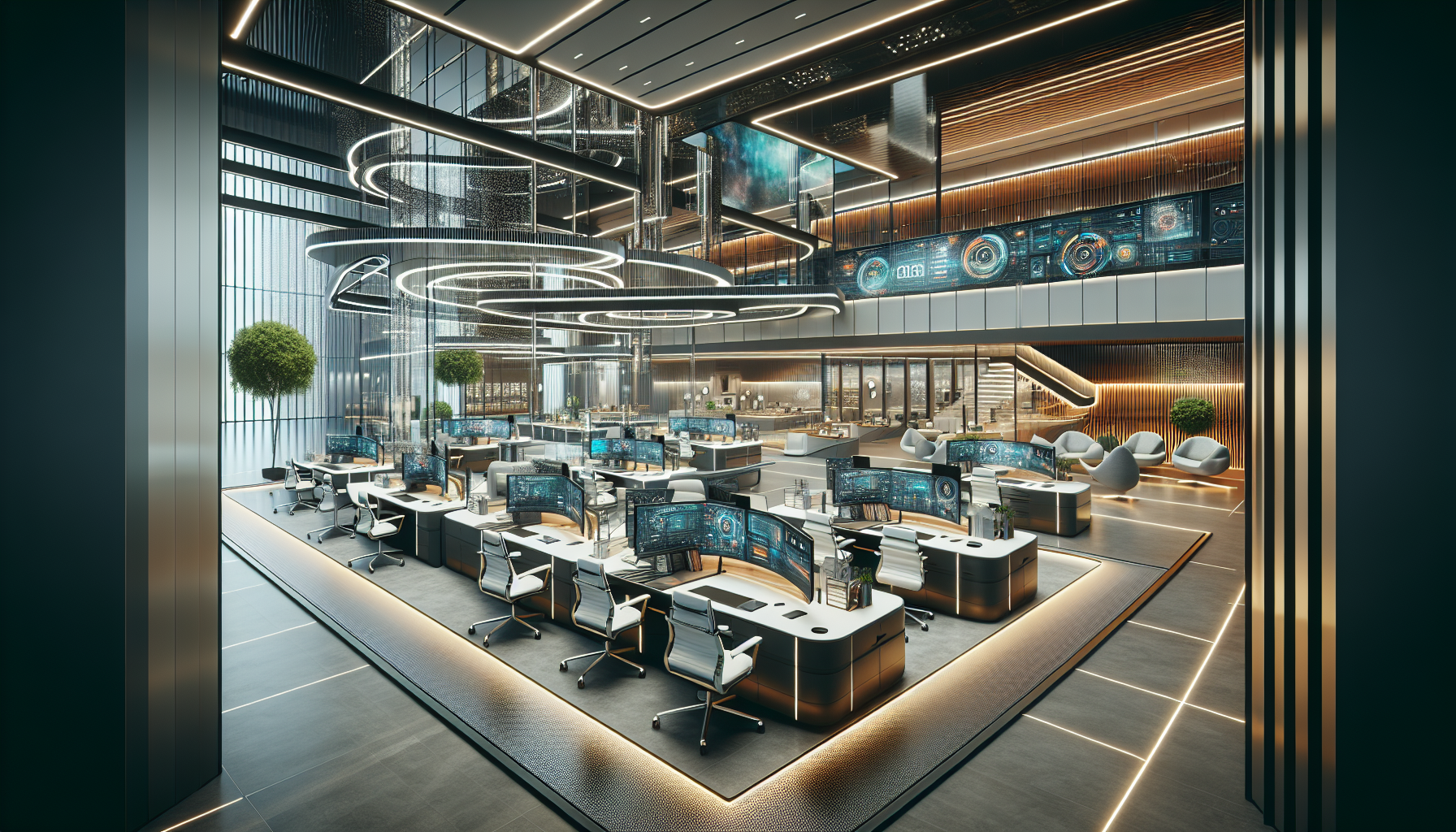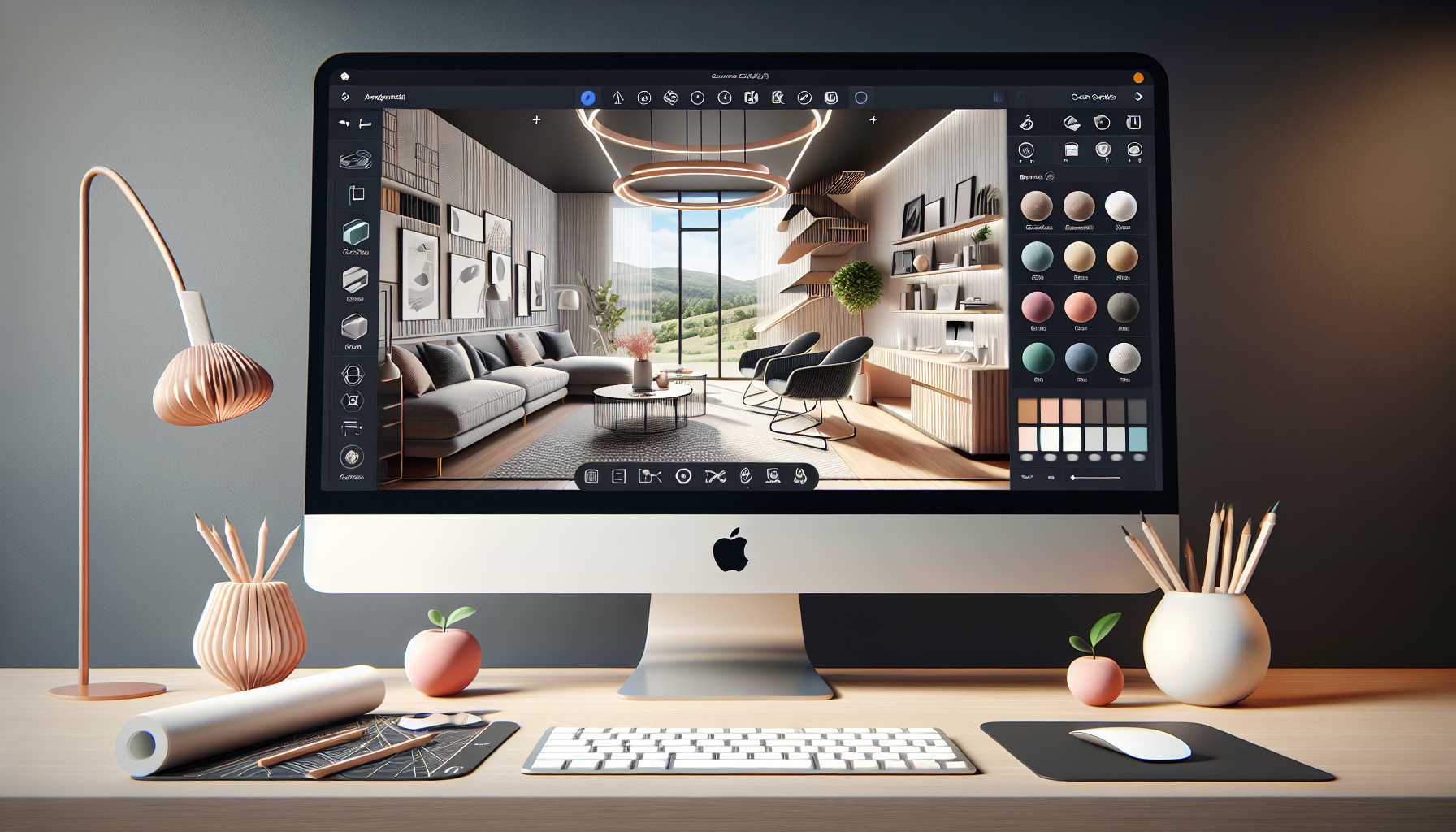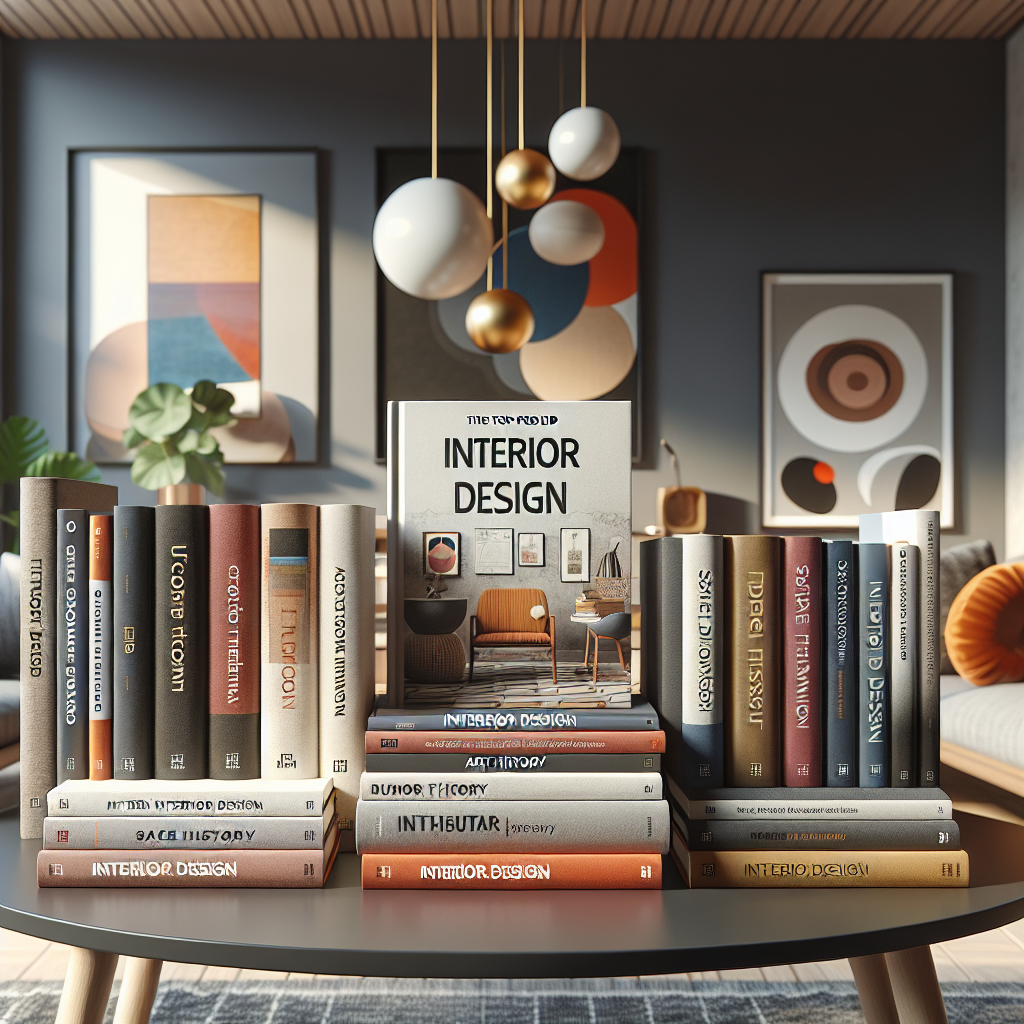How to Create an Accurate House Construction Cost Calculator for Nepal
Building a home in Nepal brings immense joy, but also carries a high price tag. With rising land costs and expensive construction materials, it's essential to map out a realistic budget before embarking on your full home design and building project. Without an accurate estimate, you risk being caught off guard by higher-than-expected bids from architects, engineers, and contractors.
The ideal solution? Creating your own customizable house construction cost calculator for Nepal projects. This allows you to input unique details like house size, layout, materials, finish levels, and location within Nepal to generate a tailored estimate. With a reliable number in place from the start, you can approach the design and construction process with clarity and confidence.
This comprehensive, 3,000+ word guide will walk through the key steps for building an easy-to-use, Nepali-focused house construction cost calculator in Excel. Follow along to create a tool that factors in the main cost components like:
- Land acquisition and preparation
- Structural materials and labor
- Interior finishes and fittings
- MEP works (plumbing, electrical, HVAC)
- Professional fees
- Contingencies/overruns
Here are a few key things the Nepali house construction calculator will help with:
- Getting an approximate total budget for your residential building project
- Choosing construction materials and finishes that fit your budget
- Determining if your dream home design is affordable or needs to be scaled back
- Comparing bid amounts from different contractors and suppliers
- Predicting additional budgets for furniture, landscaping, etc.
Equipped with your custom cost calculator, you can pursue your ultimate home vision with clarity on the estimated price tag. Let's get started!
Factors That Influence Overall House Construction Costs
To create an actionable, Nepal-specific construction cost calculator, you first need to understand the key factors that drive pricing for residential projects. These elements directly impact the total budgets of architects, engineers, and contractors.
Land Acquisition Costs
- Land prices per sq ft or ana/her in different areas of Nepal
- Premium for road access, amenities, desirable neighborhoods
- Additional fees for land plotting, registration, and titling
Architectural Planning and Design
- House size - total sq ft and number of bedrooms/bathrooms
- Number of stories/floors
- Custom or complex design elements
- Open-concept or closed-room layouts
Structural Materials and Scope
- Foundation type - raft, pile, strip
- Superstructure frame - concrete, steel, brick & mortar, stone
- Wall and roof finishes - exterior paint, tiles, paneling
- te - plaster, paint, pop/textures
MEP Works
- Electrical - lighting, fans, outlets, distribution panels
- Plumbing - water lines, drainage, fixtures, solar water heaters
- HVAC systems - central air, split ACs, exhaust fans
- Low voltage - TV, internet, security and automation
Contractor Profit Margins
- Varies widely based on market demand and materials used
- Higher margins for the use of premium tiles, wood, marble, etc.
Let's explore each of these in more detail, along with typical per sq ft rates or percentages of total costs.
Factor #1: Land Acquisition in Nepal
Land costs make up a significant portion of the total house construction budget in Nepal. Prices vary enormously based on:
- Location: Major cities like Kathmandu and Pokhara demand a premium over rural areas
- Neighborhood: Areas with good road access, amenities, and infrastructure fetch higher rates
- Land classification: Agricultural, residential, commercial
Here are the average land rates for a few Nepali cities:
- Kathmandu: Rs 20,000 - 50,000 per ana
- Pokhara: Rs 15,000 - 30,000 per ana
- Dharan: Rs 8,000 - 15,000 per ana
- Birgunj: Rs 5,000 - 10,000 per ana
Additional costs to factor in:
- Land plotting and paperwork
- Site clearance and leveling
- Fees for roads, drainage, utilities access
- Taxes and administrative charges
So for a 10 plot in suburban Kathmandu, your approximate land acquisition budget would be:
- 10 ana x Rs 20,000 per ana = Rs 200,000
- Plus 30% additional costs = Rs 260,000 total
As a percentage of total house construction cost, land generally accounts for 15% to 30% depending on location.
Next, we'll look at design and planning costs.
Factor #2: Architectural Planning and Design
The architectural planning phase involves home design conceptualization, 2D drawings, 3D modeling, structural calculations, and more. Rates vary based on:
- Home size
- Design complexity - curved walls, multi-level roofs, elevation finishes
- Level of customization vs standard drawings
Typical rates in Nepal:
- 5% of total construction cost for standardized plans
- 8% to 12% for customized design and drawings
For example, a Rs 1 crore construction project would dedicate Rs 5 lakhs to Rs 12 lakhs toward design fees.
You also need to budget for revisions or additions as the project progresses. Getting the architectural planning right is crucial - it dictates all downstream structural and interior works.
Factor #3: Major Structural Components
The foundation, superstructure, walls, and roof make up the core structural system that all finishing layers get overlaid upon. Key elements include:
A) Foundation Works
Several foundation types suitable for homes in Nepal include:
- Raft foundations: Reinforced concrete slab spanning the entire footprint. Popular for soft soils or multi-level houses.
- Pile foundations: Concrete or stone columns driven deep into the ground, tied by structural beams. Best for steep sites.
- Strip foundations: Stone or brick perimeter walls with concrete columns. Well-suited for small, remote houses.
Typical cost per sq ft rates in Nepal:
- Raft foundations: Rs 2,500 - Rs 3,500
- Pile foundations: Rs 1,500 - Rs 2,500
- Strip foundations: Rs 1,000 - Rs 1,500
B) Superstructure Frame
This provides the main structural support and also dictates cost based on materials:
- Concrete frame construction: Concrete columns, beams, and slabs. Fast, strong, low maintenance. Cost per sq ft: Rs 1,800 - Rs 2,500
- Steel frame structure: Prefab steel H-beams, columns, and trusses. Durable but expensive upfront. Cost per sq ft: Rs 2,000 - Rs 3,000
- Brick & mortar structure: Brick perimeter with mud mortar. Low strength and heavy self-weight. Cost per sq ft: Rs 800 - 1,200
- Stone masonry: Available locally and naturally insulating. High-skill labor requirement. Cost per sq ft: Rs 1,000 - 1,500
C) Walls & Roofing
Finally, the structural shell must integrate appropriate wall finishes and a waterproof roof.
- Popular exterior wall finishes in Nepal include decorative paint, stone cladding, ceramic tile, and weatherproof panels or boards. Allow Rs 30 - Rs 100 per sq ft.
- Roof choices like concrete slab roofs, steel trusses with corrugated tin, and clay/ceramic tiles. Allow Rs 100 - Rs 300 per sq ft for materials plus waterproofing layers.
Factor #4: MEP Works - Electrical, Plumbing and HVAC
Modern homes require proper electrical, plumbing, and heating/cooling systems. Key components and typical budgets:
A) Electrical Works
- Distribution panels, wiring, outlets, switches, backup power
- Light fixtures, ceiling fans, exhaust fans, doorbell systems
- Wall-mounted TVs, speakers, wifi routers, security cameras
Typical cost as a percentage of total construction budget: 8% to 15%
B) Plumbing Works
- Water tank(s), pumps, supply pipes and tap connections
- Drainage lines and manholes connecting to municipal sewage
- Fixtures like sinks, faucets, showers, bathtubs, western toilets
- Solar water heating systems
Typical plumbing budget: 5% to 12% of total costs
C) Heating, Ventilation and Air Conditioning (HVAC)
- Central air conditioning units + ceiling vents
- High wall-mounted split AC units
- Exhaust fans in the kitchen, toilets, and wet areas
- Geysers and room heaters
Standard HVAC budget: 3% to 8% of project costs
That covers the major structural and MEP components that make up the physical house. Now let's look at finishing layers.
Factor #5: Interior Finishes and Fittings
While structural and MEP elements form the backbone of the home, interior finishes, and decor elements breathe life into the space. Choices here either upgrade or downgrade the overall perceived value. Typical interior scope items:
- Wall plaster and textures
- False ceilings with LED coves/uplighting
- Flooring - marble, wood, tile, vinyl, carpet
- Railings - glass, stainless steel, wood
- Modular kitchen and wardrobes
- Woodwork - shelves, frames, TV back wall
- Bathroom fittings and sanitaryware
- Light fixtures, fans, switches, power outlets
- Painting - interior and exterior facades
Interior finishes typically account for 10% to 25% of the total house construction budget. Use premium materials like wood flooring from Interior Designer Nepal and you'll be at the higher end. Value engineer the interiors and you can reduce costs.
Factor #6: Professional and Authority Fees
On top of physical construction costs, a portion of the budget goes toward technical professionals and obtaining clearances:
- Structural engineer fee - 2% to 5%
- Contractor profit margin - 10% to 20 %
- Municipality approvals - 1% to 3%
- Waste and debris removal - 1% to 2%
These fees cover specialist oversight, quality control, and regulatory checks to ensure a safe, legally-constructed home.
Factor #7: Contingencies for Overruns
Despite meticulous planning, unexpected costs always creep up in construction. Prices for some materials or finishes exceed initial quotes. Additional fixtures get incorporated. Scope grows beyond original plans.
That's why a contingency budget equal to 10% of total costs serves as a safety net. This covers minor overruns without breaking the whole budget. Some examples of contingency use cases:
- Under-estimated interior painting costs
- Special order sliding door hardware delayed in shipping/customs
- Monsoon rainfall damages boundary walls requiring partial redo
In essence, hope for the best but financially prepare for potential hiccups.
So in summary - acquiring land, planning/design, structural works, MEP, interior fittings and professional fees comprise the core components dictating overall house construction costs per square foot. Actual rates depend largely on:
- Location - Land costs
- Materials used - High-end vs modest
- House size/layout - Economies of scale
- Level of customization - Unique designs cost more
Now let's shift gears and put this knowledge into action by building your own Excel cost calculator tailored to Nepal's construction industry.
Creating a Customizable Construction Cost Calculator in Excel
With a solid background on key factors driving home building costs in Nepal, you have all the context needed to create your spreadsheet-based calculator. We'll build it up piece by piece:
Step 1) Outline each component as a line item with the appropriate description
For example:
- Land acquisition
- Municipal fees
- Architectural drawings & design
- Structural foundation works
- Superstructure frame construction
- MEP works
- Contingency allowance
Step 2) Insert columns next to each line item for unit rate and quantity
This is where the user (homeowner or contractor) can plug in rates tailored to their specific project. For example:
- Your purchased plot size dictates the quantity of land costs
- You pick ceiling height which affects the superstructure amount
- You select the quality grade of fixtures driving the unit rate for sanitaryware
Step 3) Next to the rates & quantity columns, have Excel auto-calculate the formula:
Total Cost = Unit Rate X Quantity
This instantly outputs the cost for each component.
Step 4) Insert formulas to sum all the line item costs, determining the overall budget.
You now have a fully customized construction cost calculator in Excel! Adjust unit rates or quantities and it updates the totals. Much better than using rule-of-thumb percentages which lack project-specific details.
You can take this even further by:
- HavingEstimator (interiordesignerinnepal)
- Adding dropdowns and data validation lists
- Introducing more line items that turn on/off via checkboxes
- Color coding or formatting for quick visual analysis
Use Your Nepal Construction Cost Calculator to Make Smarter Budget Decisions
With this easy DIY home construction cost calculator tailored to Nepal's pricing norms, you gain instant clarity into your project budget. Here are a few ways to leverage your new estimating tool:
A) Fine-tune budgets before requesting bids
Plug in different quality grades for finishing materials along with unit rates prevailing in your location. See how total costs stack up at good vs premium spec levels. Set your bid expectations accordingly.
B) Compare vendor quotes like apples-to-apples
Standardize key assumptions like site area, house size, and included fixtures. Input each vendor's rates under the same parameters for easier cost analysis.
C) Explore the impact of design changes
Make copies of the Excel file set to different rooms, layouts, or house sizes. See how the budget gets impacted for open concept vs closed rooms, raft vs pile foundations, marble vs tile flooring, and so on. This allows you to make informed design-cost tradeoff decisions.
D) Determine construction milestones
For example, the first milestone is completing foundation works. So tally up those line items, factor in labor, and determine payout #1. Repeat for roof works completion, flooring installation, etc. to arrive at periodic disbursement amounts.
The use cases are endless when you have full control over your construction specifications and cost assumptions tailored specifically to the Nepal market. You can accurately answer the magic question - "How much will my dream home design truly cost to build?"
So go ahead, pluck away at your calculator as you iterate toward the home vision striking the right balance between design aspirations, quality finishes, and overall budget realities in Nepal. Best of luck with your project!
